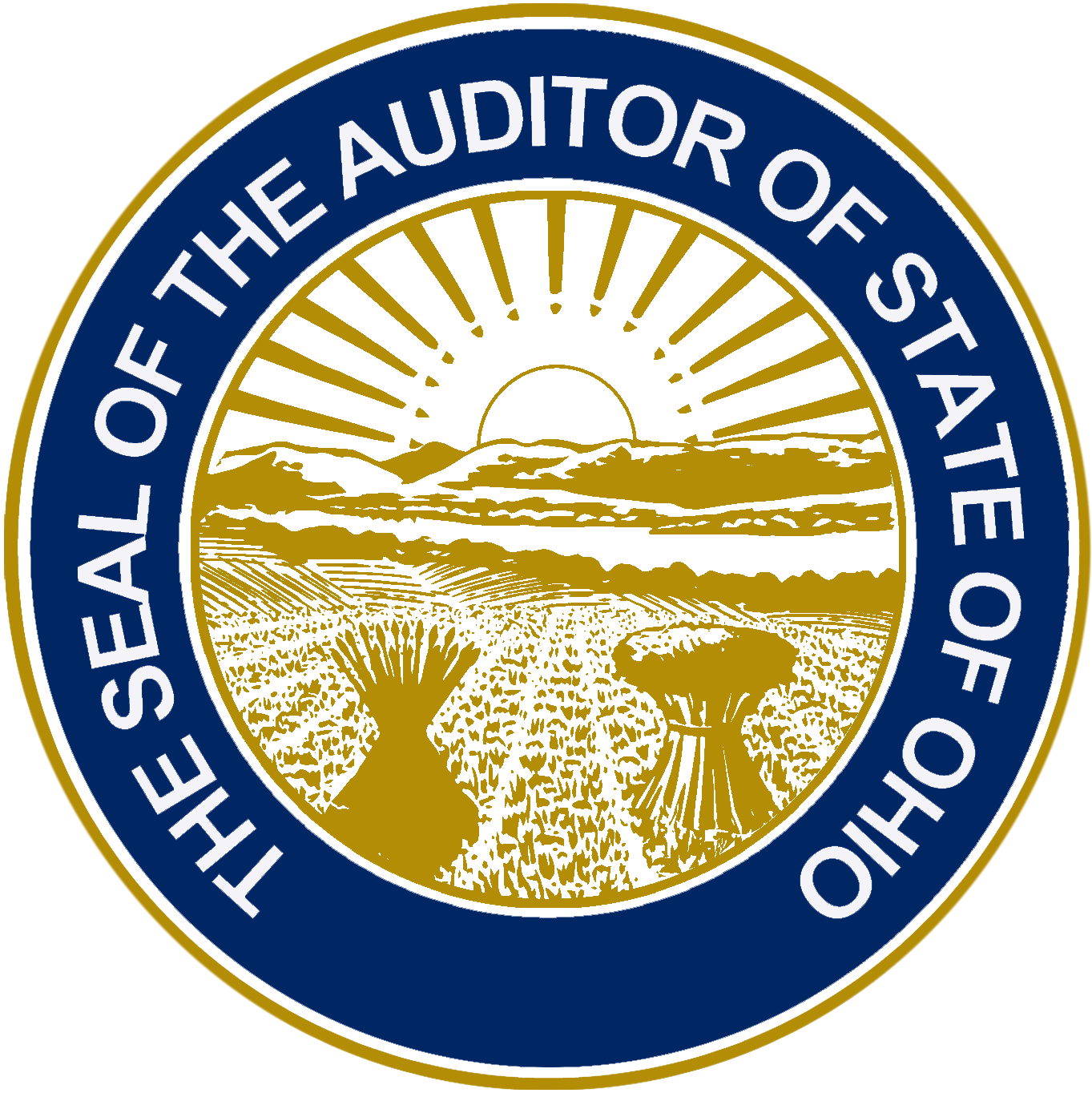
Press Release • Ohio Auditor of State
Study: Medicaid Shouldering Soaring Number of Opioid Addicts as Opioid Epidemic Continues
Columbus – A new report by the Ohio Auditor of State’s office shows the number of Ohio Medicaid recipients with an opioid-related diagnosis (dependence, abuse or overdose) climbed 430 percent between 2010 and 2016, with the state now providing assistance to a soaring number of Ohioans addicted to opioids.
“Despite the tragic number of deaths associated with opioid abuse, and the widespread publicity surrounding this epidemic, we continue to see more and more people falling prey to this insidious addiction,” Auditor Yost said. “This epidemic would be worse but for the controls put in place by Gov. John Kasich’s administration to reduce the dosage strength and prescription duration for Medicaid recipients.”
The analysis contained in the report, “The Opioid Crisis: The impact on the Medicaid population is stretching the state’s safety net,” found that in 2015 Medicaid recipients filled prescriptions that were shorter in duration and lower in dosage than commercially insured individuals. About 39 percent of the privately insured population received long-term, low-dosage prescriptions while virtually none of the Medicaid population received that type of prescription.
Because addiction often leads to job loss and with it the loss of private, commercial insurance, many with addictions fall to Medicaid for opioid addiction treatment. The four-fold increase in Medicaid recipients with an opioid-related diagnosis is stretching the state’s safety net, with a staggering 639 percent increase in the use of medication-assisted treatment over the six-year period.
The number of unique individuals on Medicaid receiving medication-assisted treatment for addiction jumped from about 6,500 in 2010 to nearly 48,000 in 2016. A higher percentage of Medicaid recipients (45 percent increase) received medication-assisted treatment within six months of a dependence/abuse/overdose diagnosis in 2016 vs. 2010.
However, the percentage of the Medicaid recipient population needing treatment for opioid abuse or dependence is more than three times the rate of those on commercial insurance – 26.5 per 1,000 recipients vs. 8.3 per 1,000 in commercially insured.
As usage has climbed, so too has the cost. In 2010, the state’s cost of treating opioid addiction through medication-assisted therapies was over $13 million, but it had jumped to $110 million by 2016.
“Medicaid is the safety net for our most-needy Ohioans,” Auditor Yost said. “That safety net is being stretched thin by the thousands of people who have lost their jobs, their health insurance and are in desperate need of care. As much as we’ve done in Ohio to curb this epidemic, more needs to be done.”
Counties in the south-central section of Ohio continued to experience the highest rates of opioid-related diagnoses in the state. In 2010, the highest county rate was 25 Medicaid recipients per 1,000. By 2013, the number climbed to 34 per 1,000, and by 2016, the number soared to 62 per 1,000 – or more than twice what it was in 2010.
Data show that the entire state has been impacted by the opioid crisis; however, there are areas in southern and eastern Ohio that have been particularly hard-hit. According to the data, the 15 counties with the highest rates of Medicaid recipients with opioid-related diagnoses in 2016 were (per 1,000):
- Scioto – 62.1
- Gallia – 54.9
- Athens – 52.6
- Pike – 50.0
- Ross – 49.7
- Meigs – 46.9
- Marion – 46.5
- Vinton – 46.3
- Lawrence – 46.2
- Jackson – 45.9
- Pickaway – 44.9
- Clermont – 44.4
- Hocking – 44.2
- Jefferson – 44.2
- Butler – 40.6
Maps showing the growth of the epidemic can be found in the full report, which is available online. To see how much growth has occurred by county between 2010 and 2016, click here.
###
The Auditor of State’s office, one of five independently elected statewide offices in Ohio, is responsible for auditing more than 5,900 state and local government agencies. Under the direction of Auditor Dave Yost, the office also provides financial services to local governments, investigates and prevents fraud in public agencies and promotes transparency in government.
Contact:
Beth Gianforcaro
Press Secretary
614-644-1111